Chess clocks are essential tools in the competitive chess world, designed to ensure a fair and timely conclusion to games. Understanding how these clocks function can enhance both spectator understanding and player strategy. This article explores the working principles, types, and features of chess clocks.
Basic Function and Purpose
The primary purpose of a chess clock is to manage the time each player takes to make their moves. The inadequacy of one player’s clock time does not add to the other player’s time but rather, ensures that players are adhering to the specified pace of the game. This mechanism ensures that both players have an equal and limited amount of time to complete their moves, adding a strategic time management element to the game of chess.
Components of a Chess Clock
A typical chess clock consists of two adjacent clocks with buttons on top. Each clock tracks the time of one player. The buttons stop one clock and start the other, ensuring that only one clock runs at any given time. Most contemporary chess clocks feature digital displays, although analog chess clocks are still in use, especially in traditional settings.
Setting Up and Using a Chess Clock
Before the game begins, both clocks are set according to the agreed total time for each player. This duration can vary widely depending on the tournament rules or personal agreement in casual games. Common time controls include Blitz, Rapid, and Classical chess, each with different time limits.
Once the game starts, the player with the white pieces typically presses their button to start the black player’s clock, initiating the game. Thereafter, each player presses their button to stop their own clock and start their opponent’s after making a move. This procedure continues alternately until the game concludes.
Types of Time Controls
Chess clocks support various time controls which influence the dynamics and strategy of the game:
- Blitz Chess: Each player gets 10 minutes or less per game. This requires quick thinking and rapid moves.
- Rapid Chess: Players have more than 10 minutes but usually less than 60 minutes, providing a balance between fast-paced and thoughtful play.
- Classical Chess: Each player receives 60 minutes or more, which allows for deep calculation and strategic planning.
- Increment: After each move, a certain amount of time (usually 30 seconds or more) is added to a player's clock. This helps in managing the overall pace and allows games to last longer.
- Delay: Before a player’s standard time starts to deplete, there is a fixed delay (usually five seconds). This short period allows for quick moves to be made without penalty, which can be crucial in fast-paced games.
Advanced Features in Digital Chess Clocks
Digital chess clocks offer functionalities that enhance the game experience, including:
- Memory settings: These allow users to store and recall various time settings easily.
- Multiple time control settings: Useful in tournaments where different phases of the game require different time controls.
- Sound notifications: Audible alerts indicate when a time control phase has ended or when a player’s time is about to expire.
- Battery life indicators: Important for ensuring the clock does not fail during a critical game.
Strategic Implications of Chess Clocks
Understanding and mastering the use of a chess clock is essential for competitive players. Effective time management often becomes as crucial as the gameplay itself, influencing the strategic decisions a player makes. Running out of time can result in a loss, even with a superior position on the board.
Conclusion
In competitive chess, the clock is as significant a component as the pieces and the board itself. A chess clock regulates the game’s pace, adds a layer of strategic depth, and ensures fairness in timed matches. For chess enthusiasts and competitive players alike, gaining proficiency in using a chess clock is an indispensable part of the game.
Explore our large collection of luxurious chess sets!

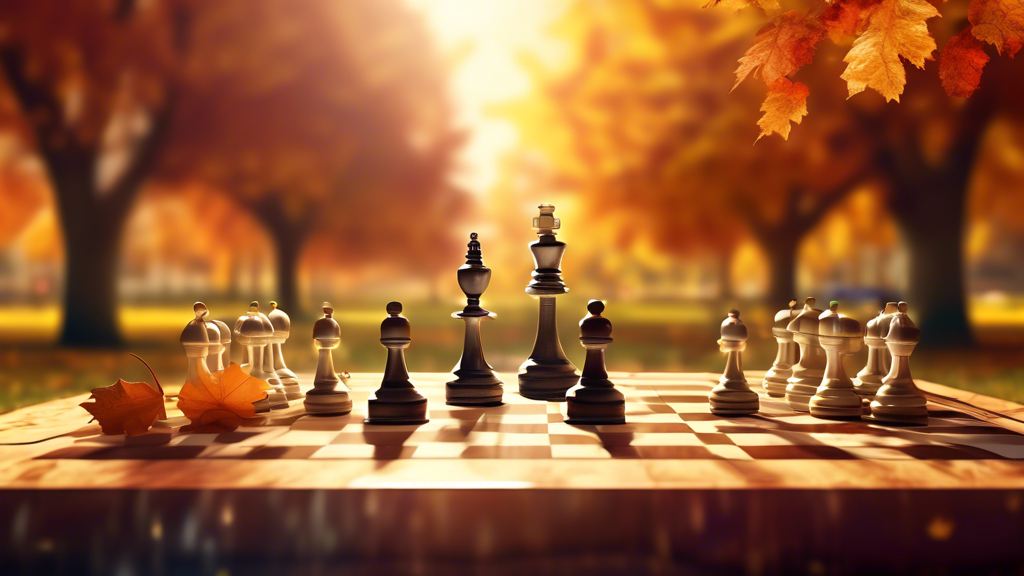
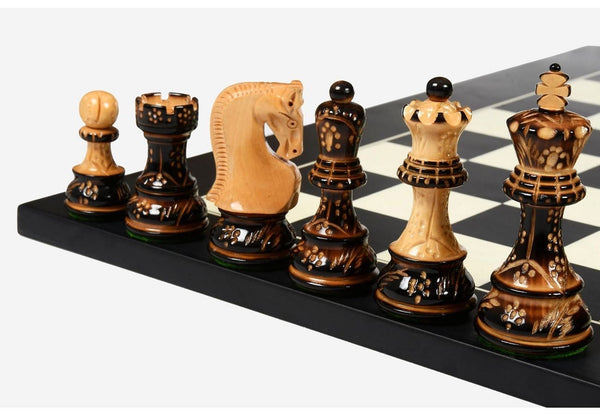
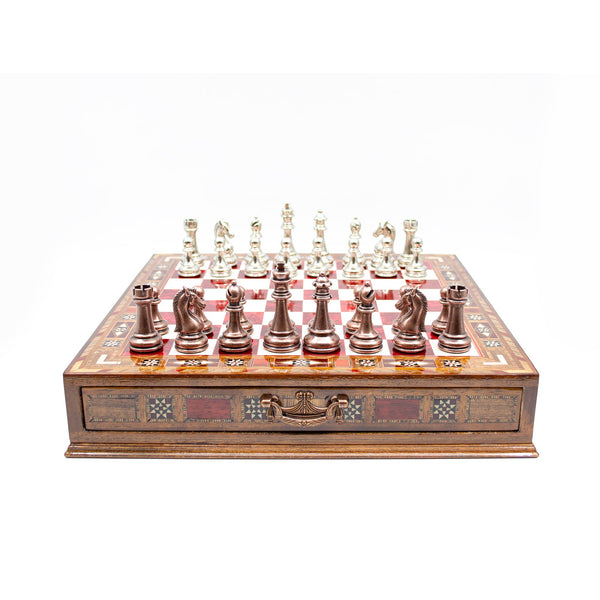
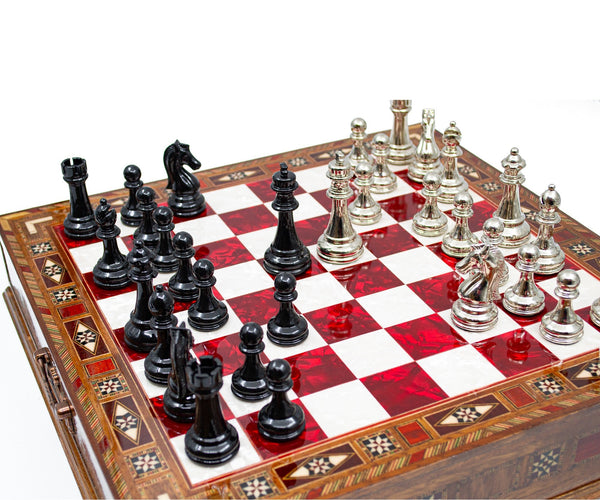
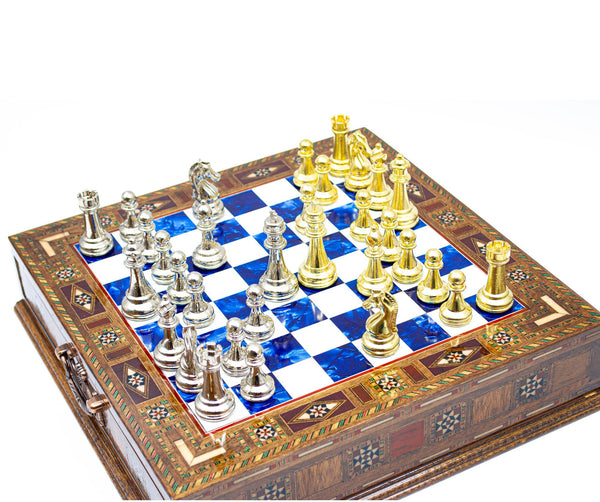
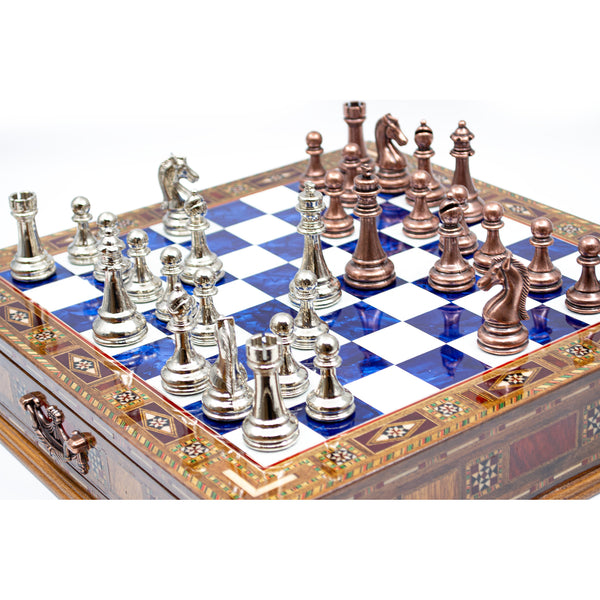
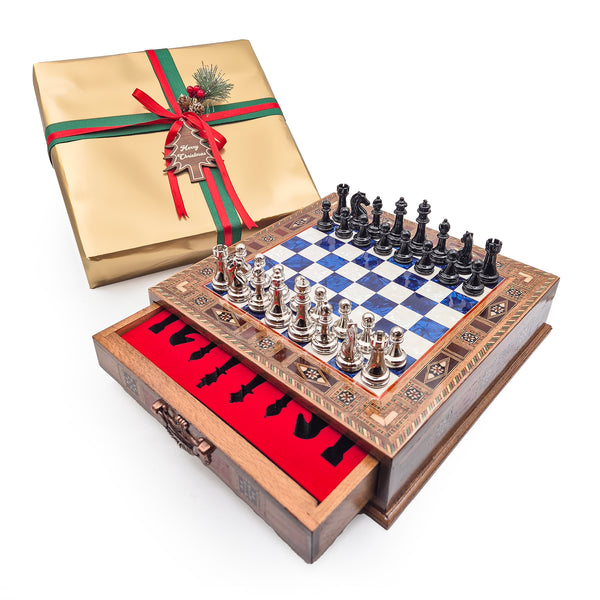







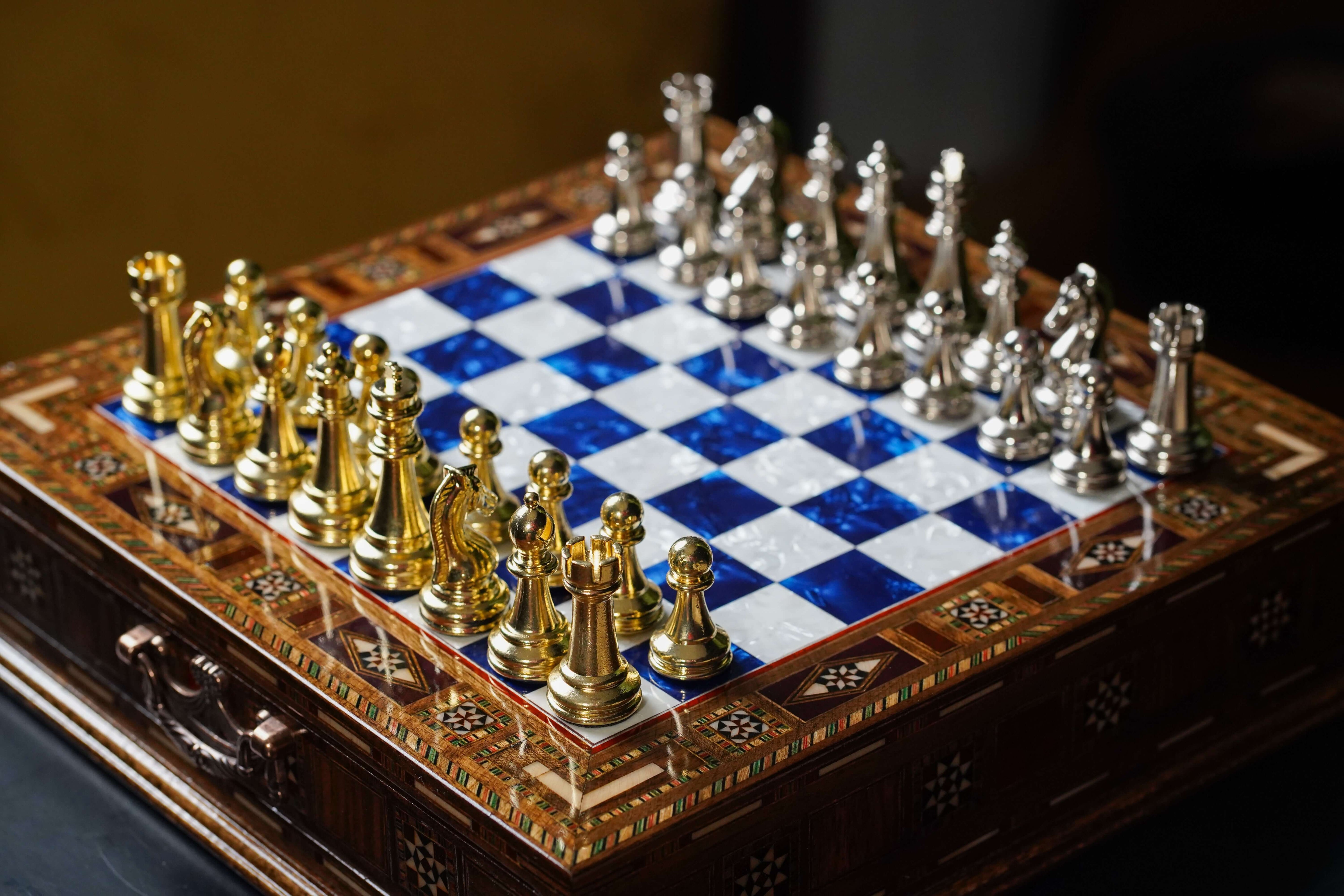
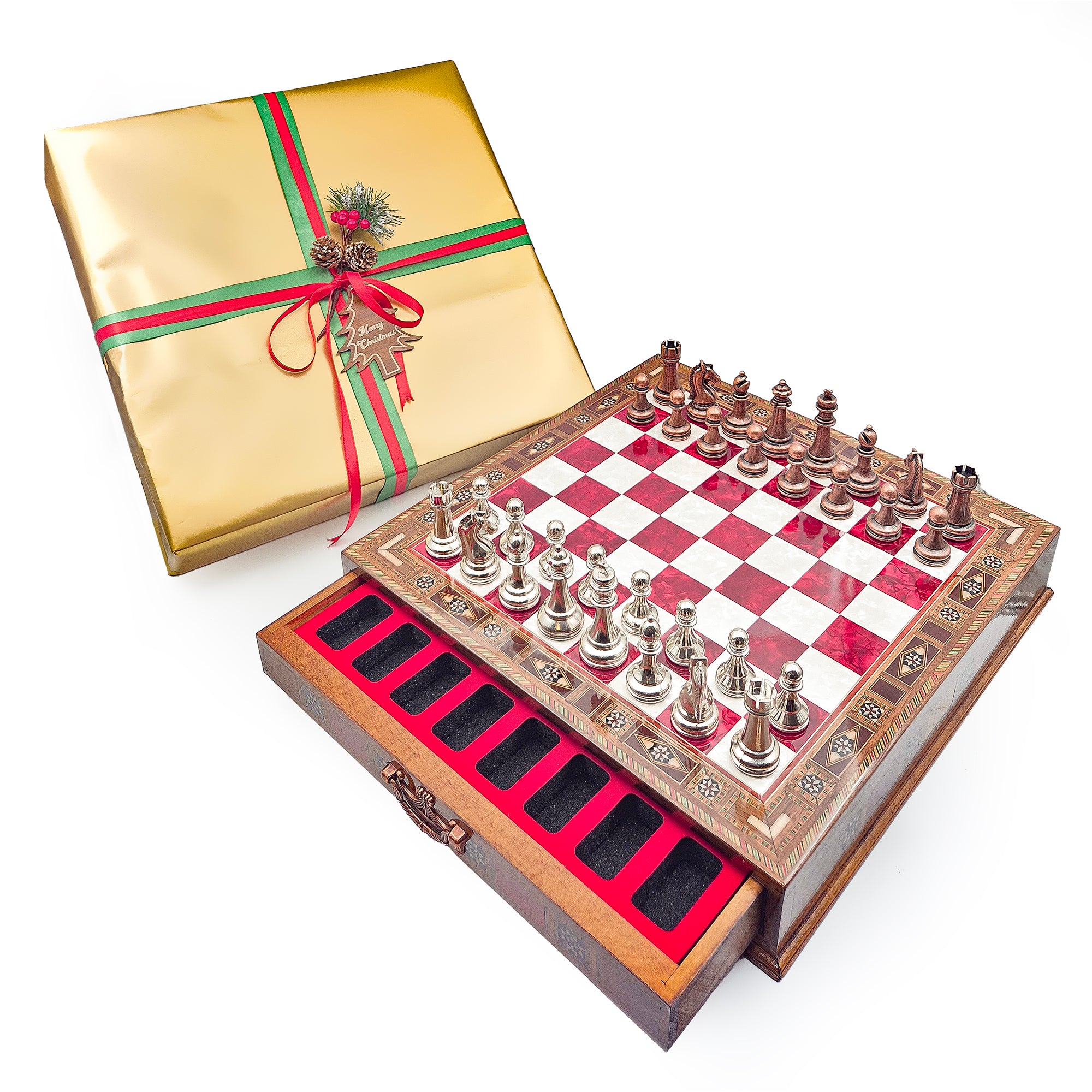
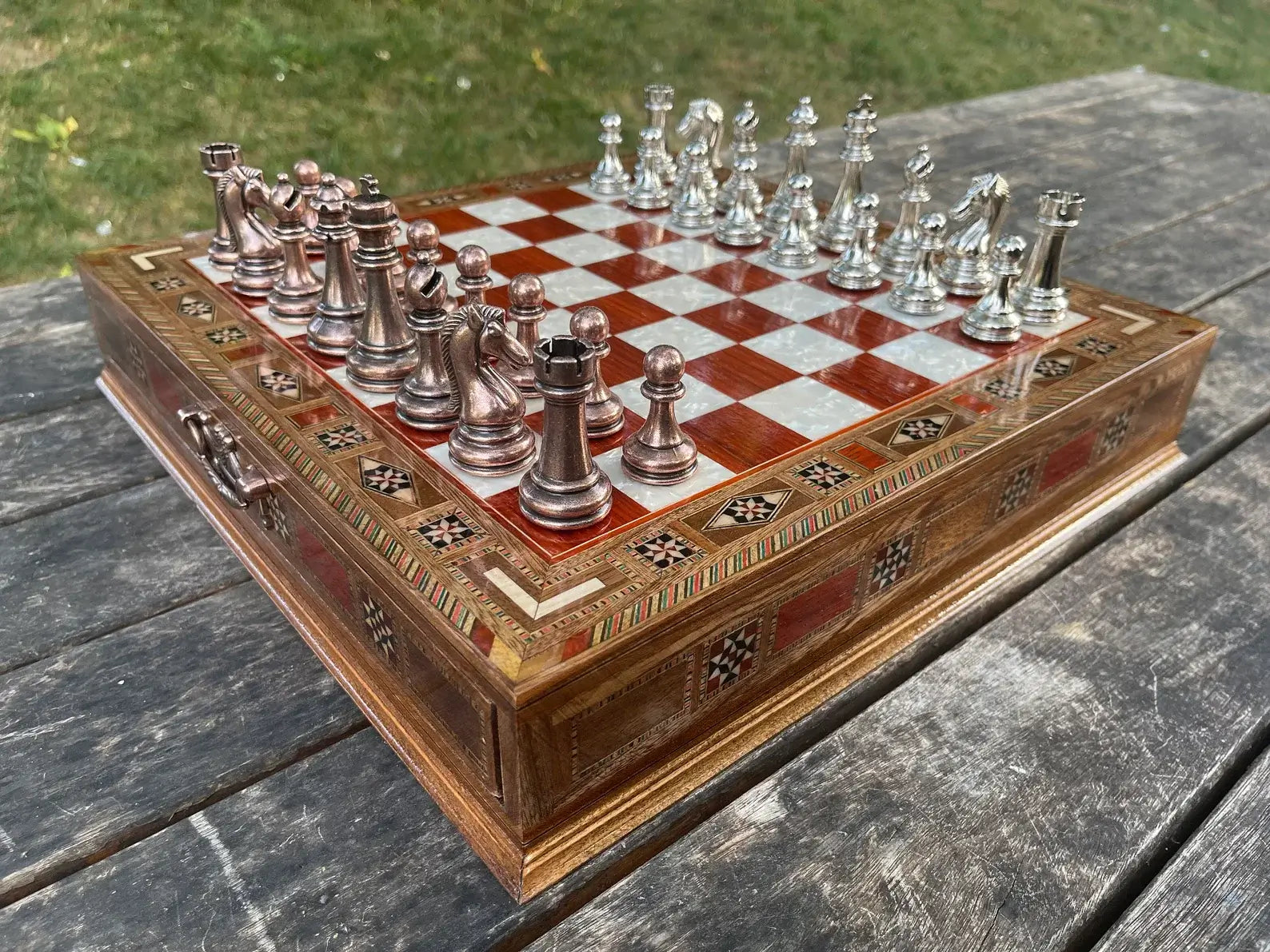
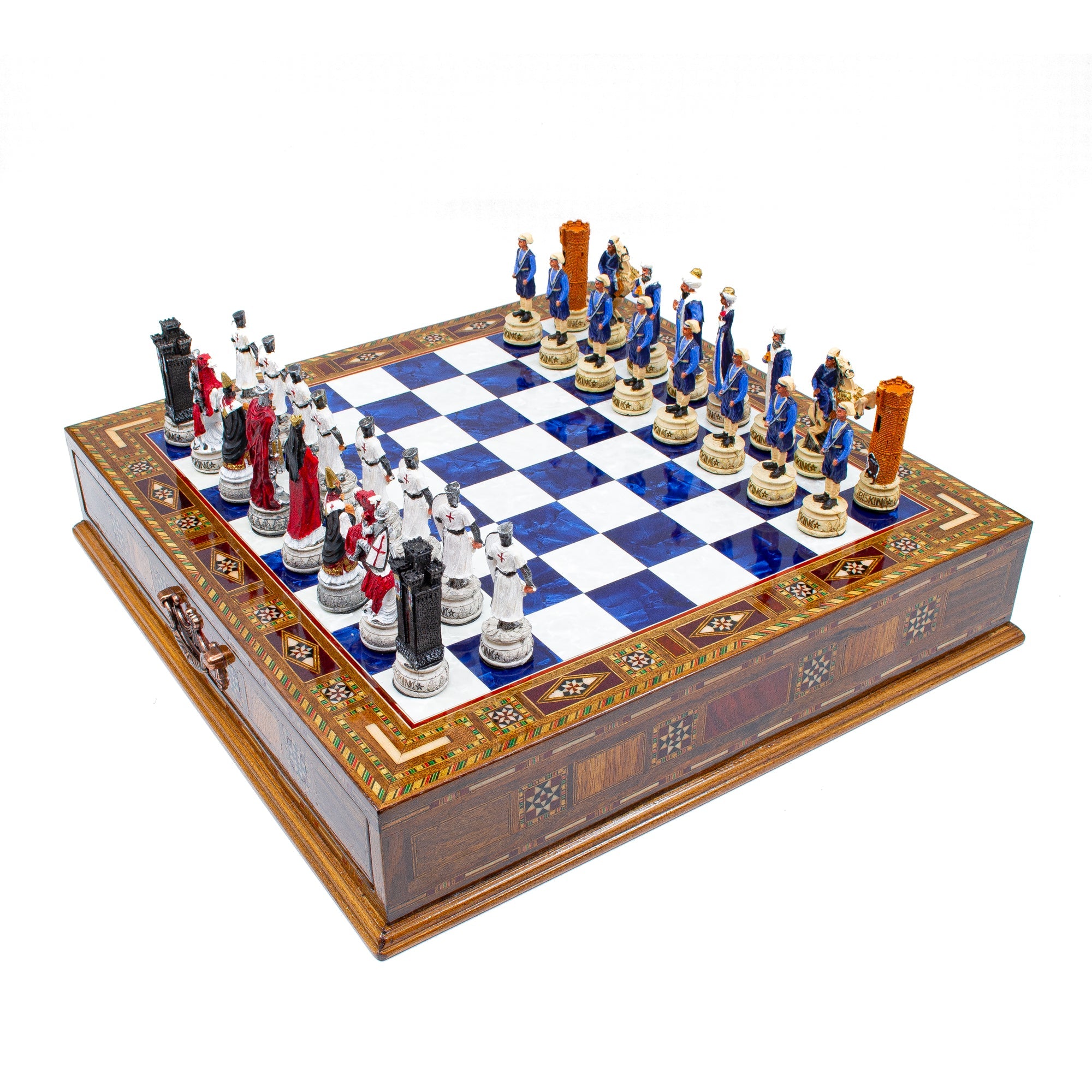
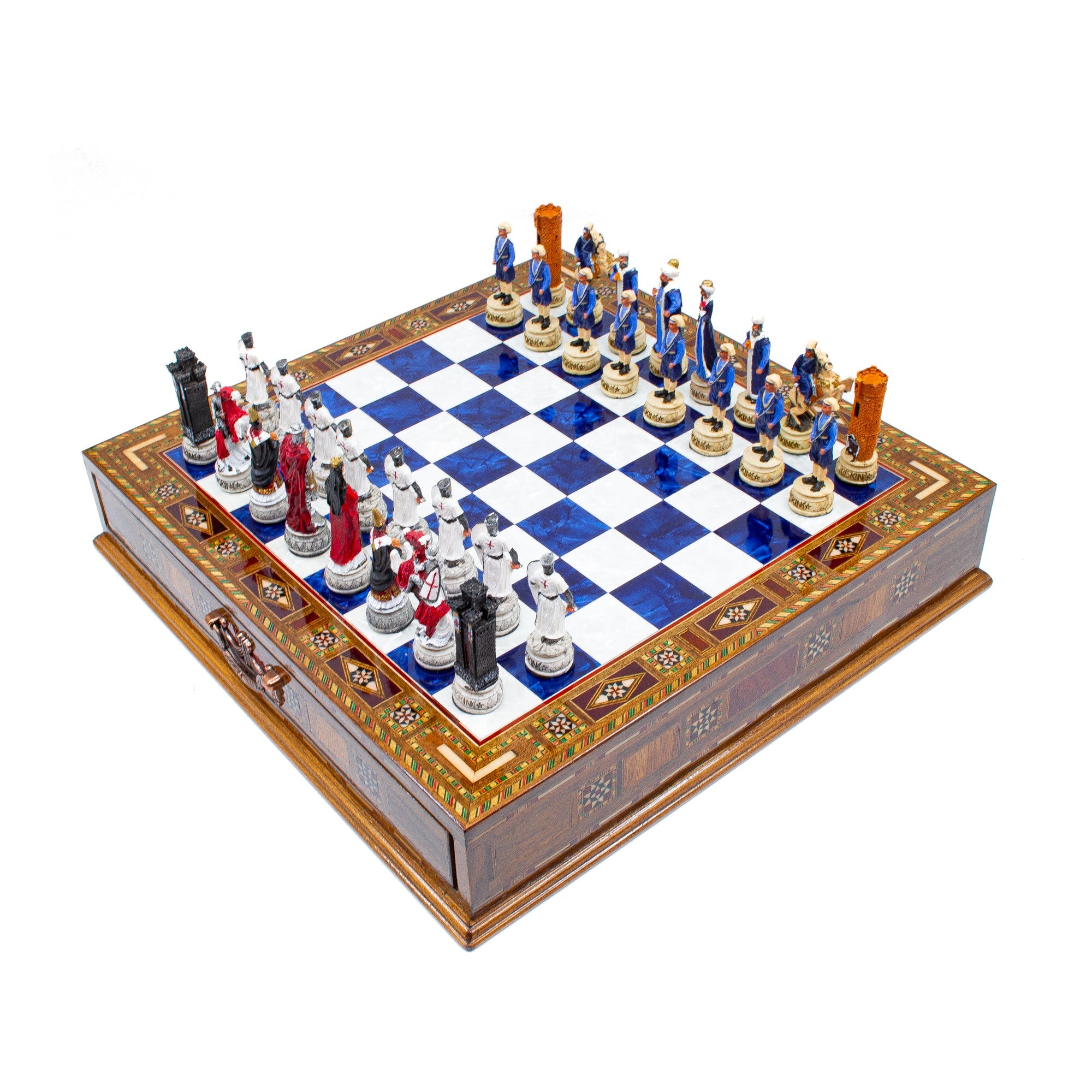
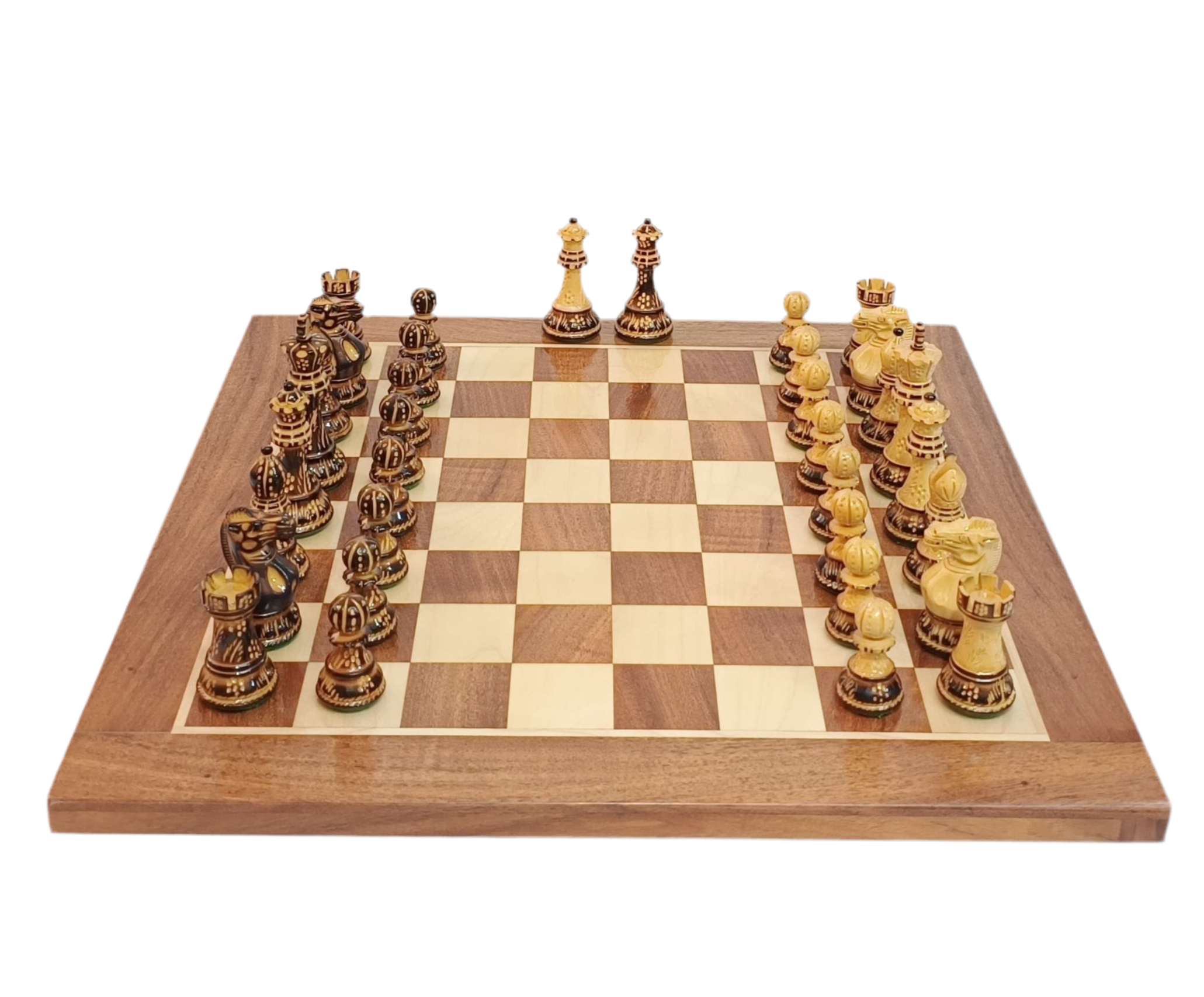
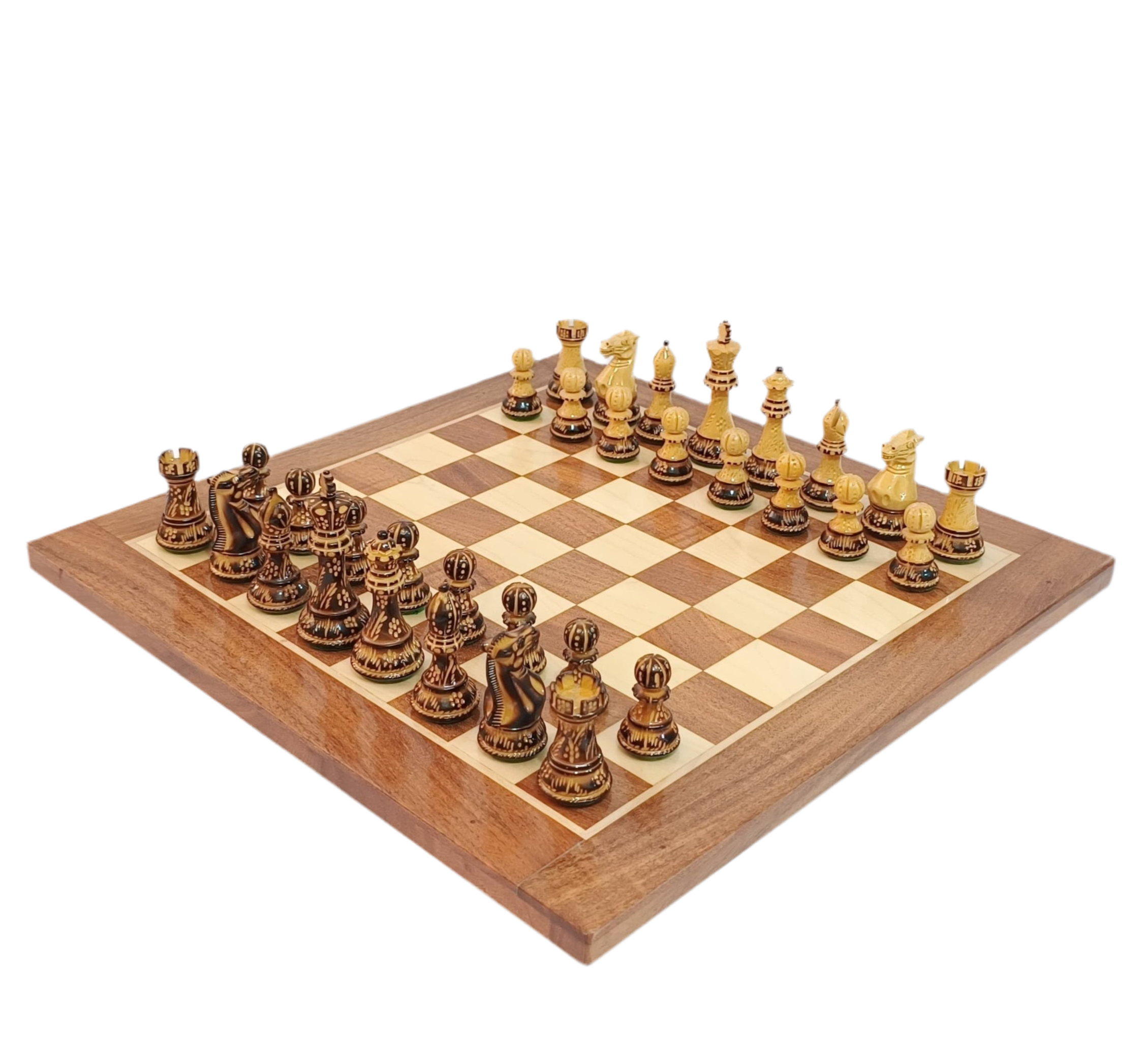
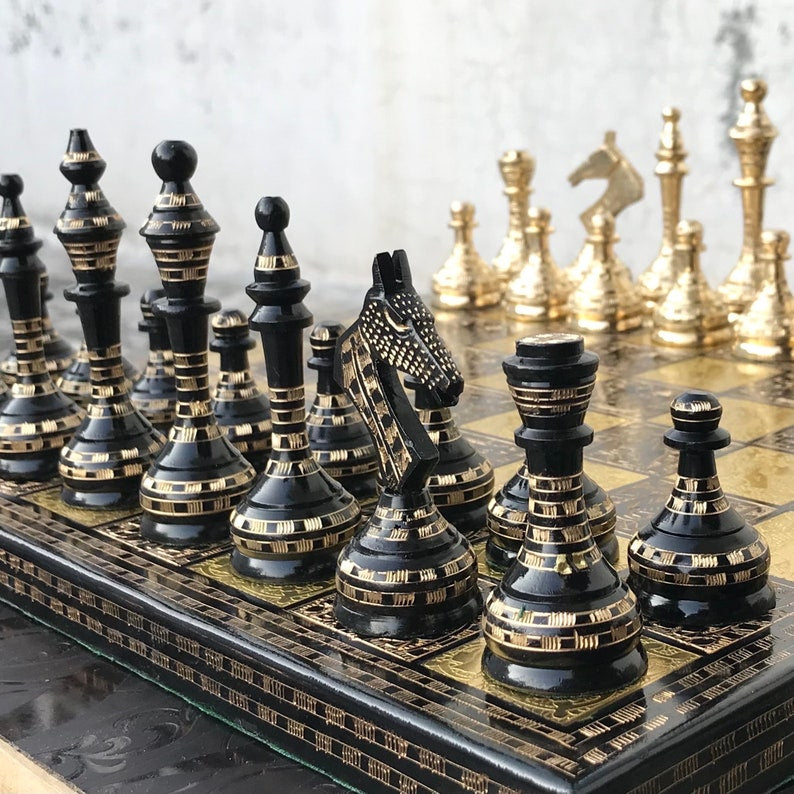
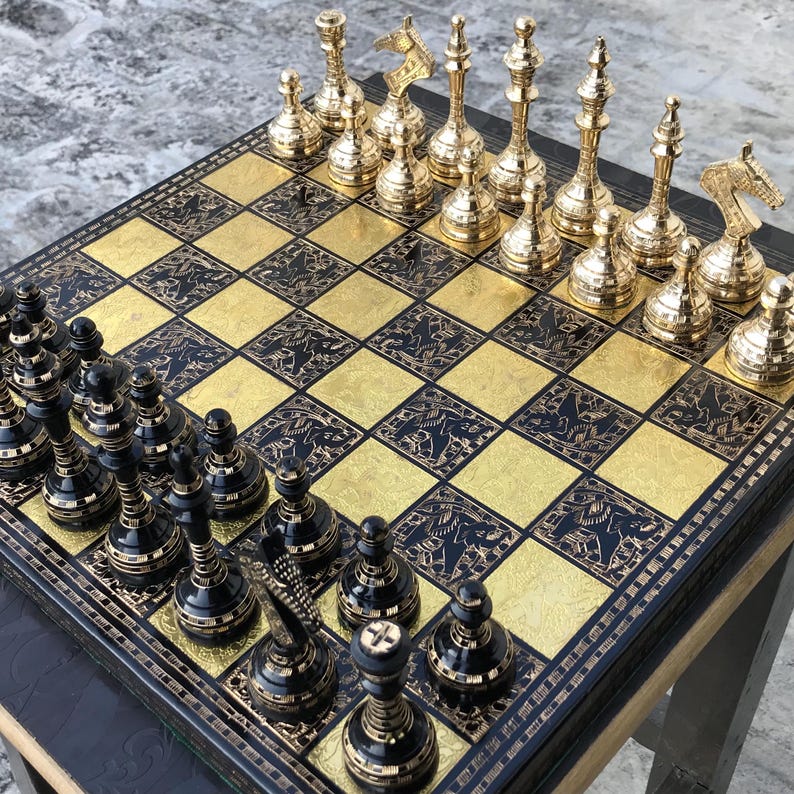
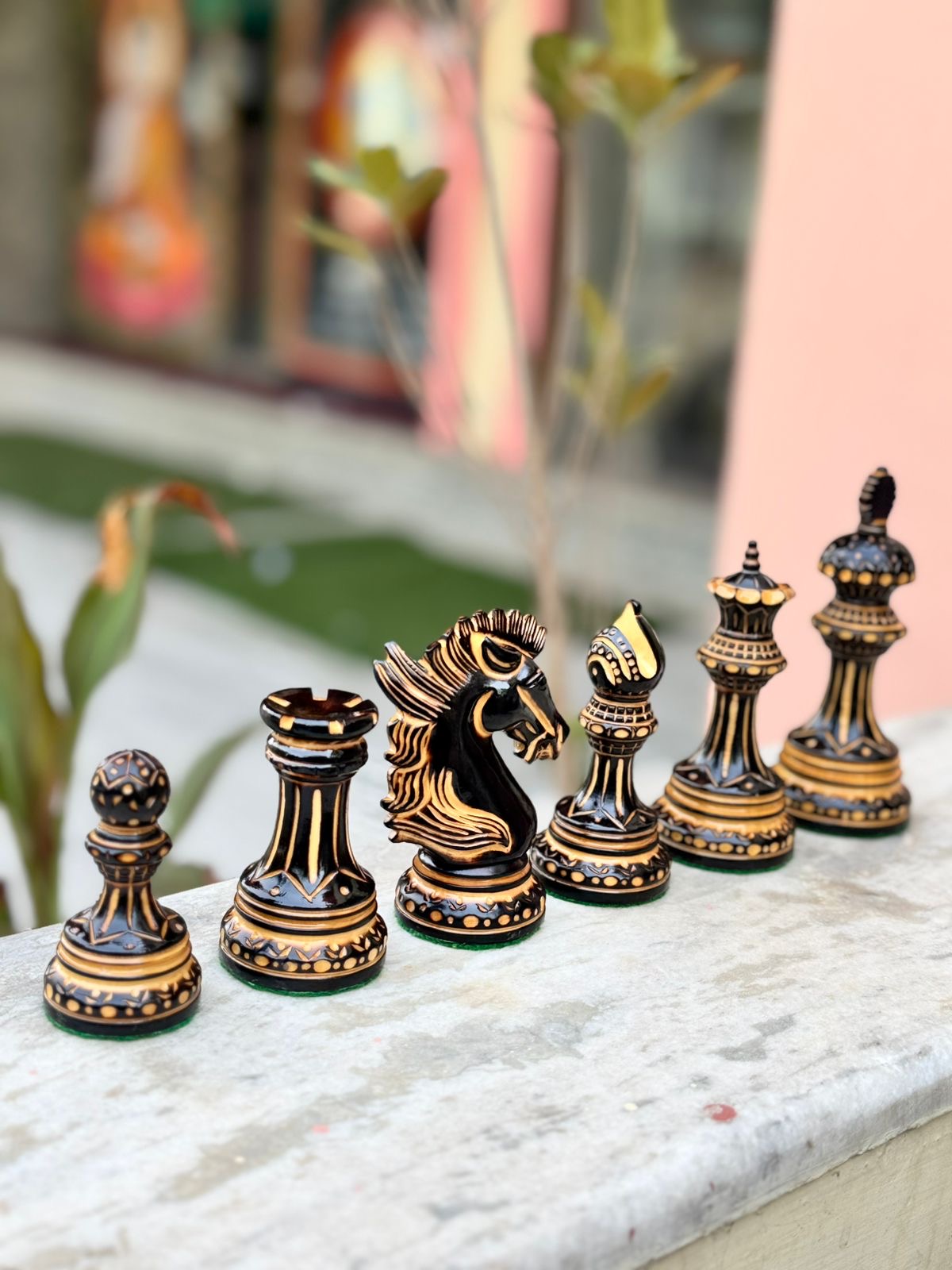

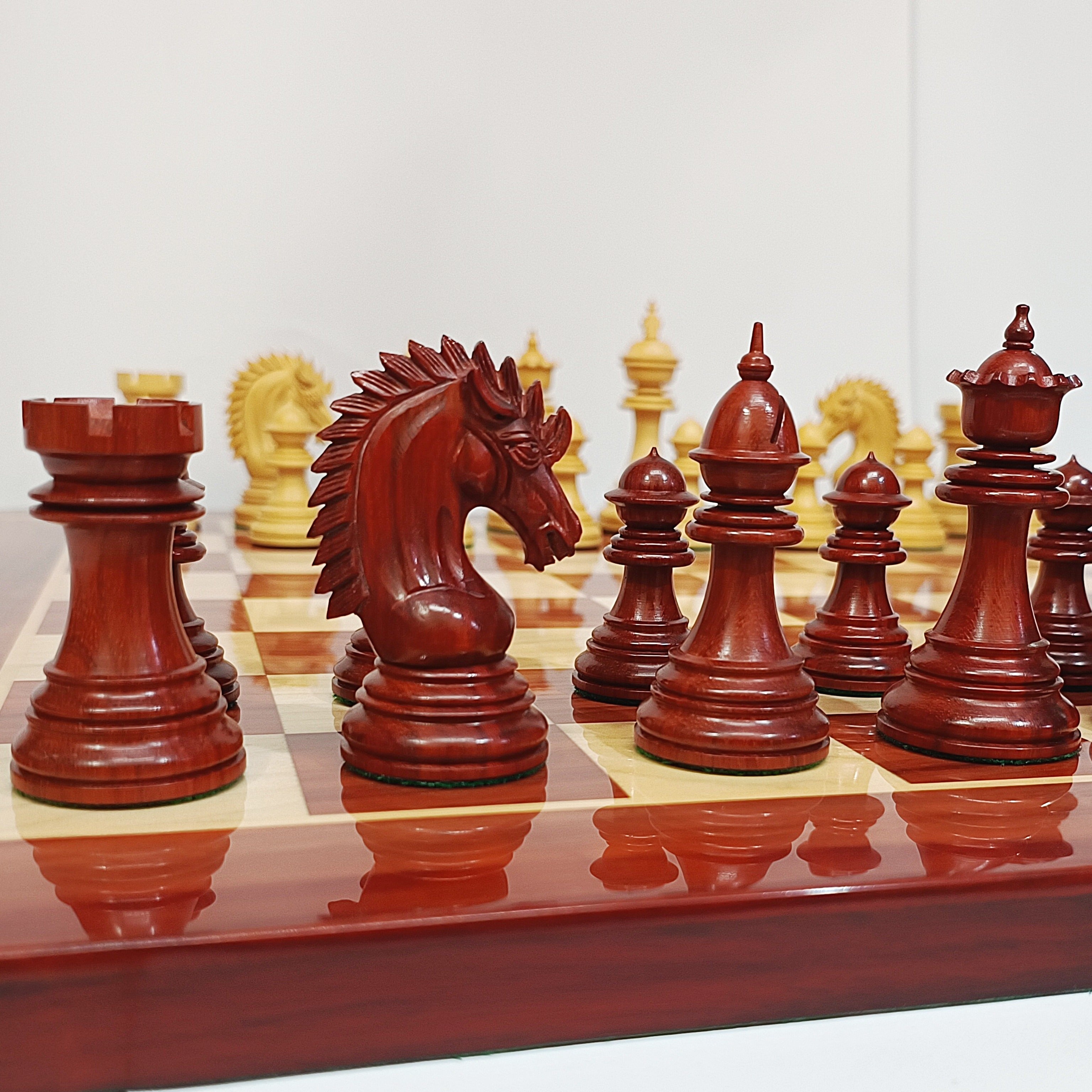
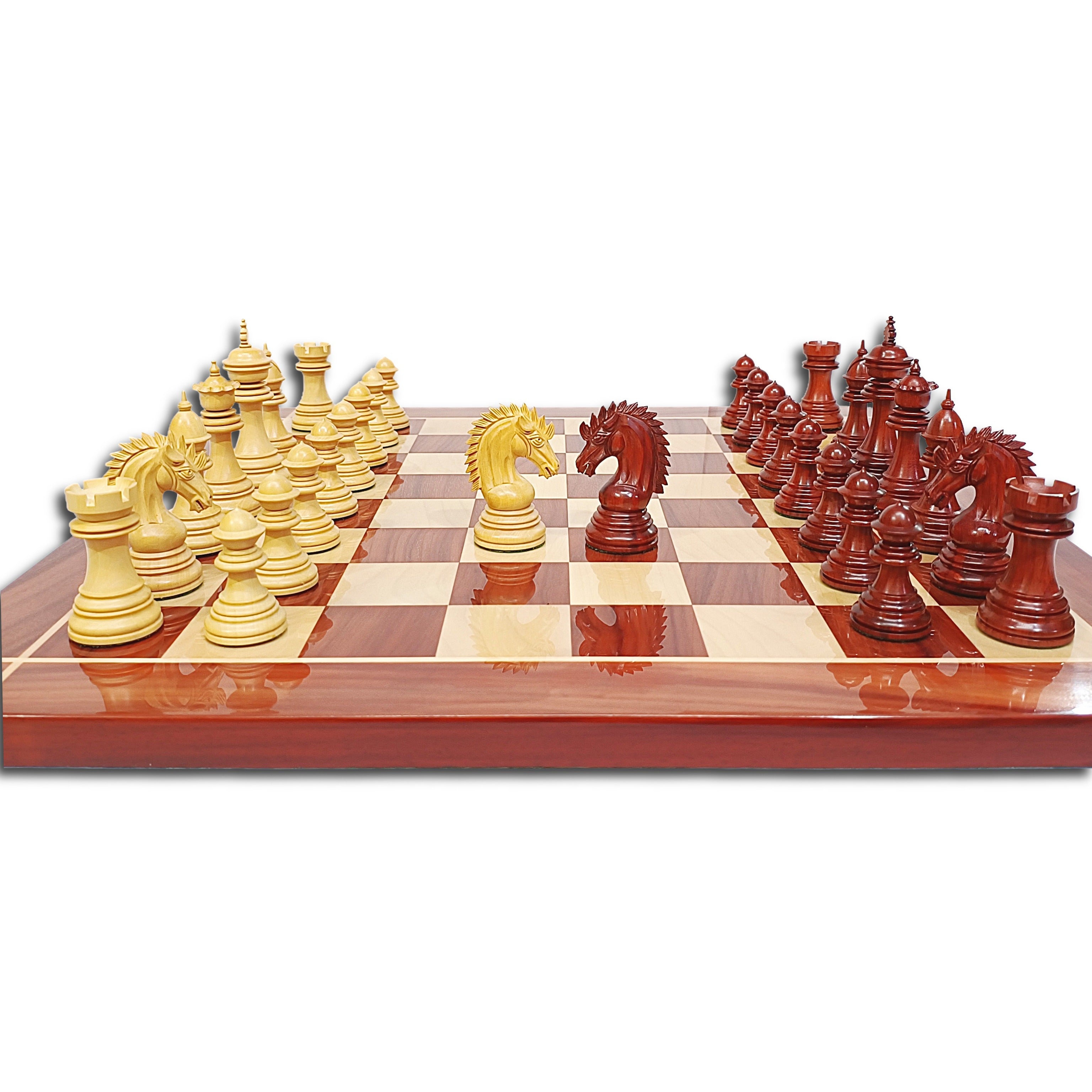

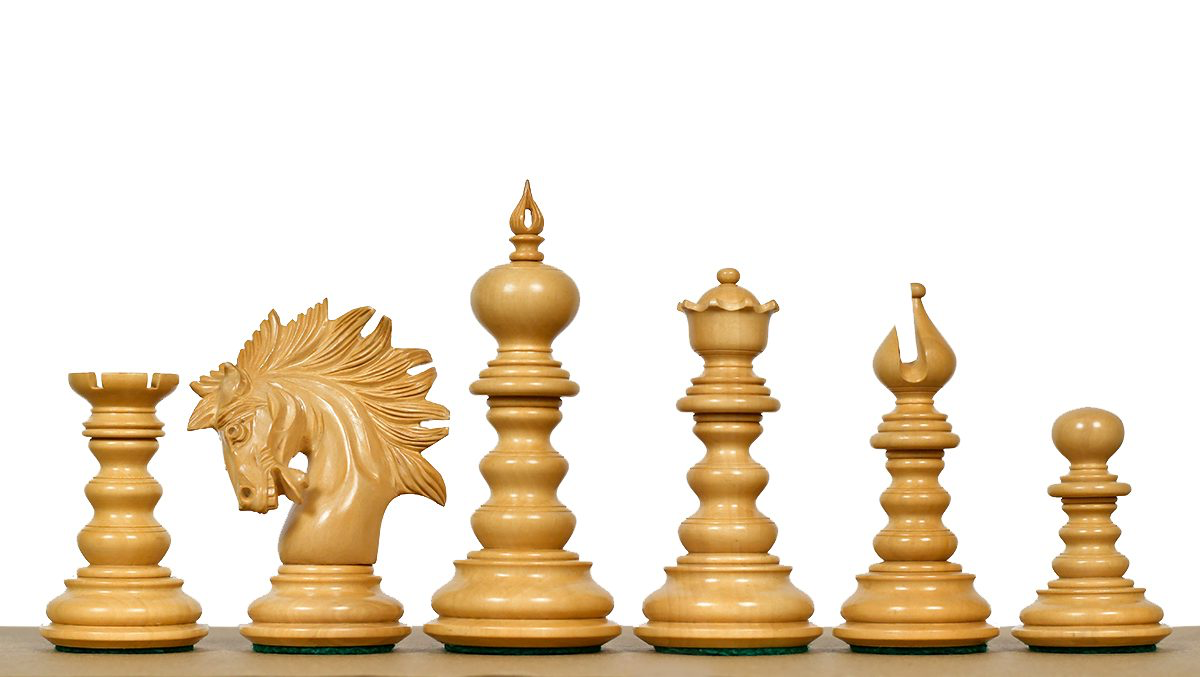
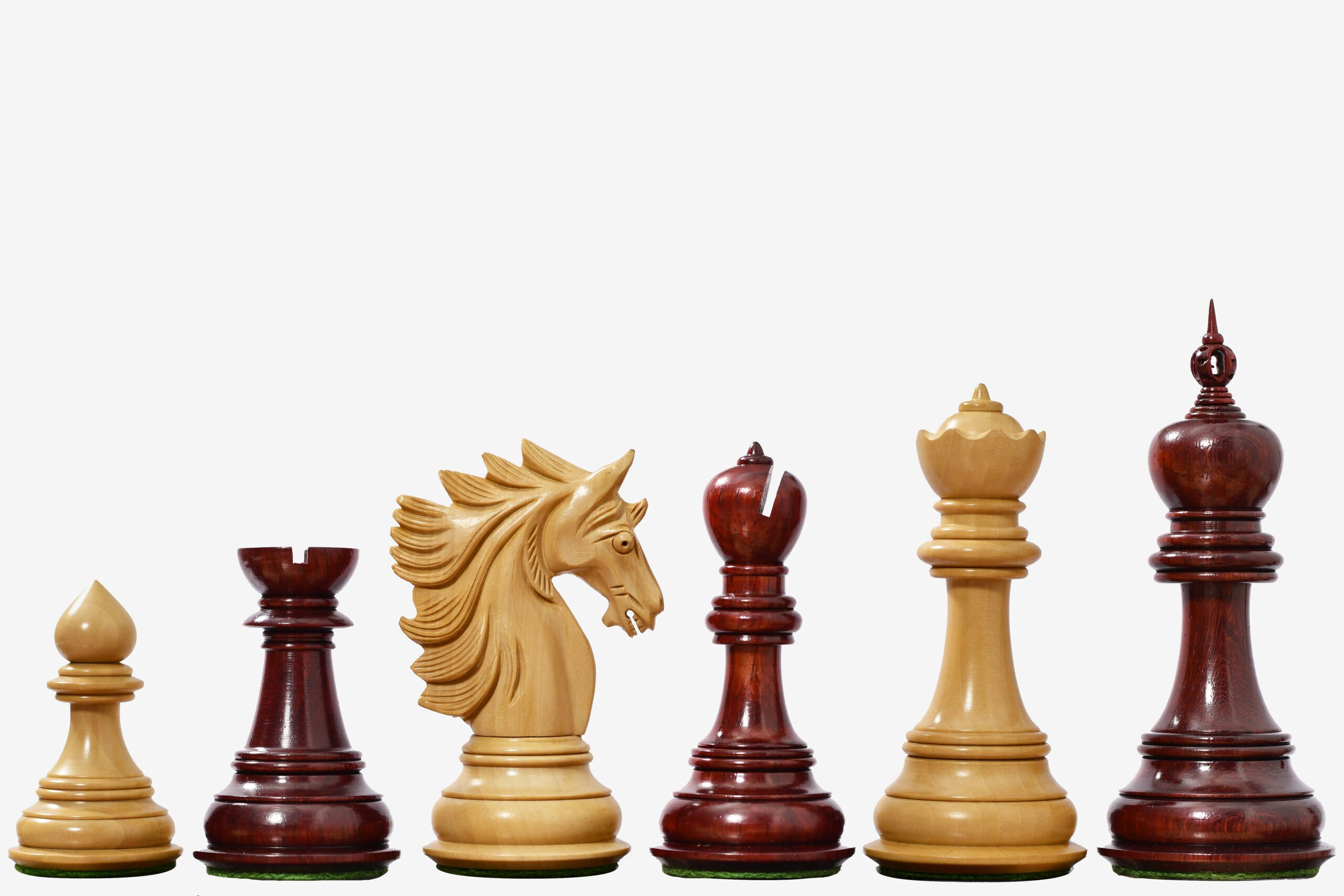
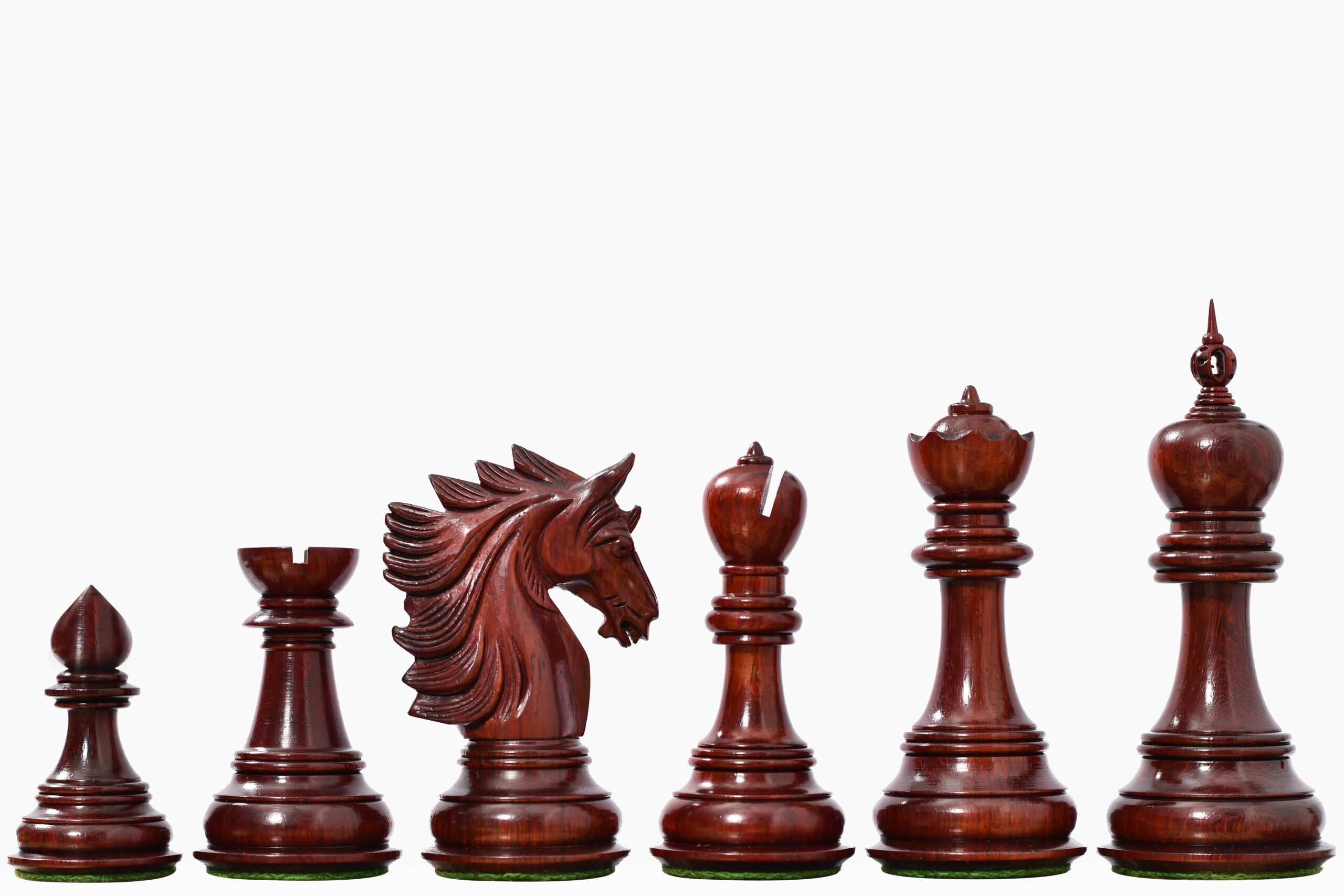
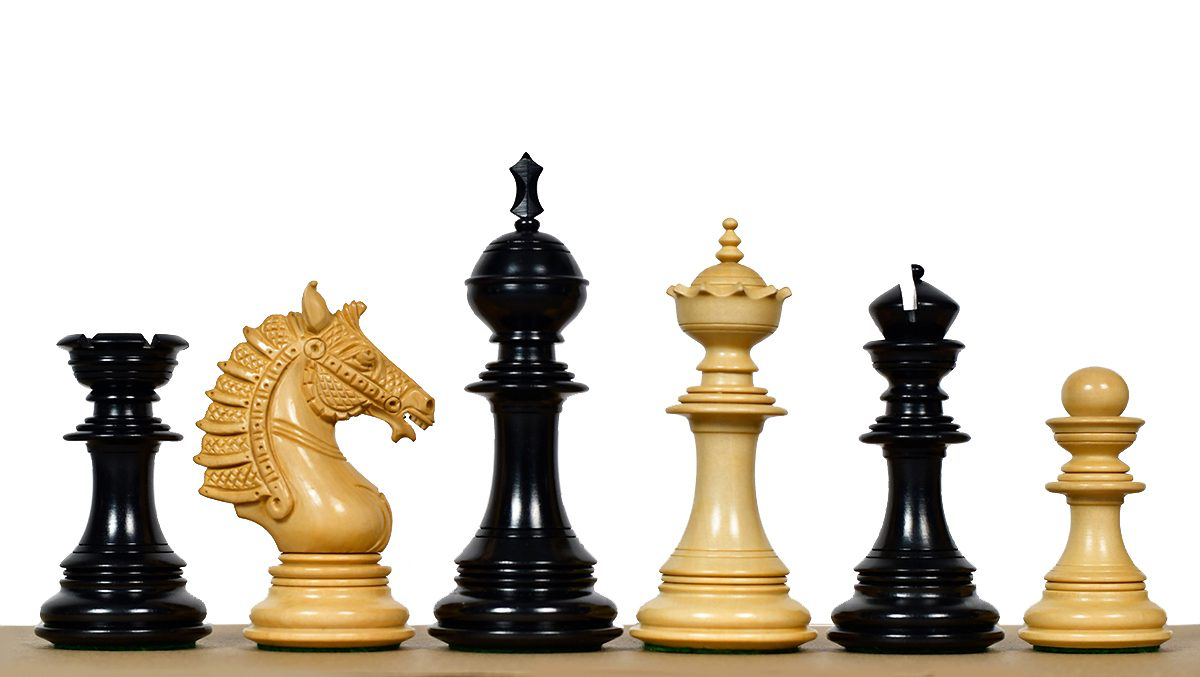
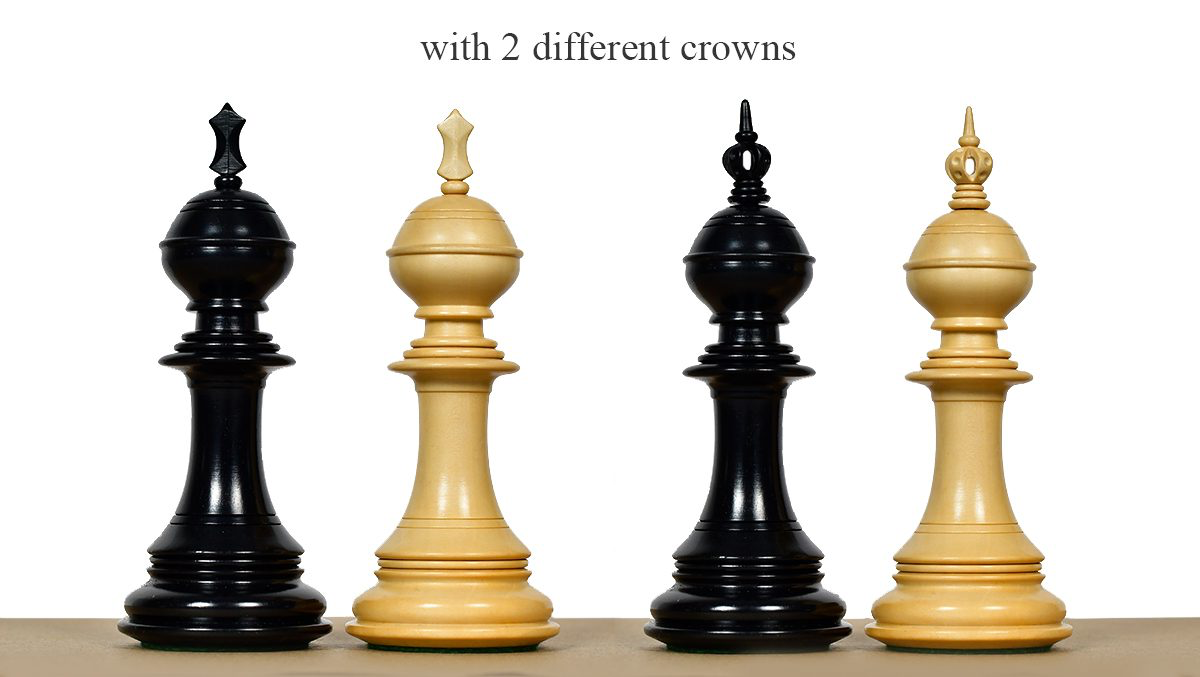
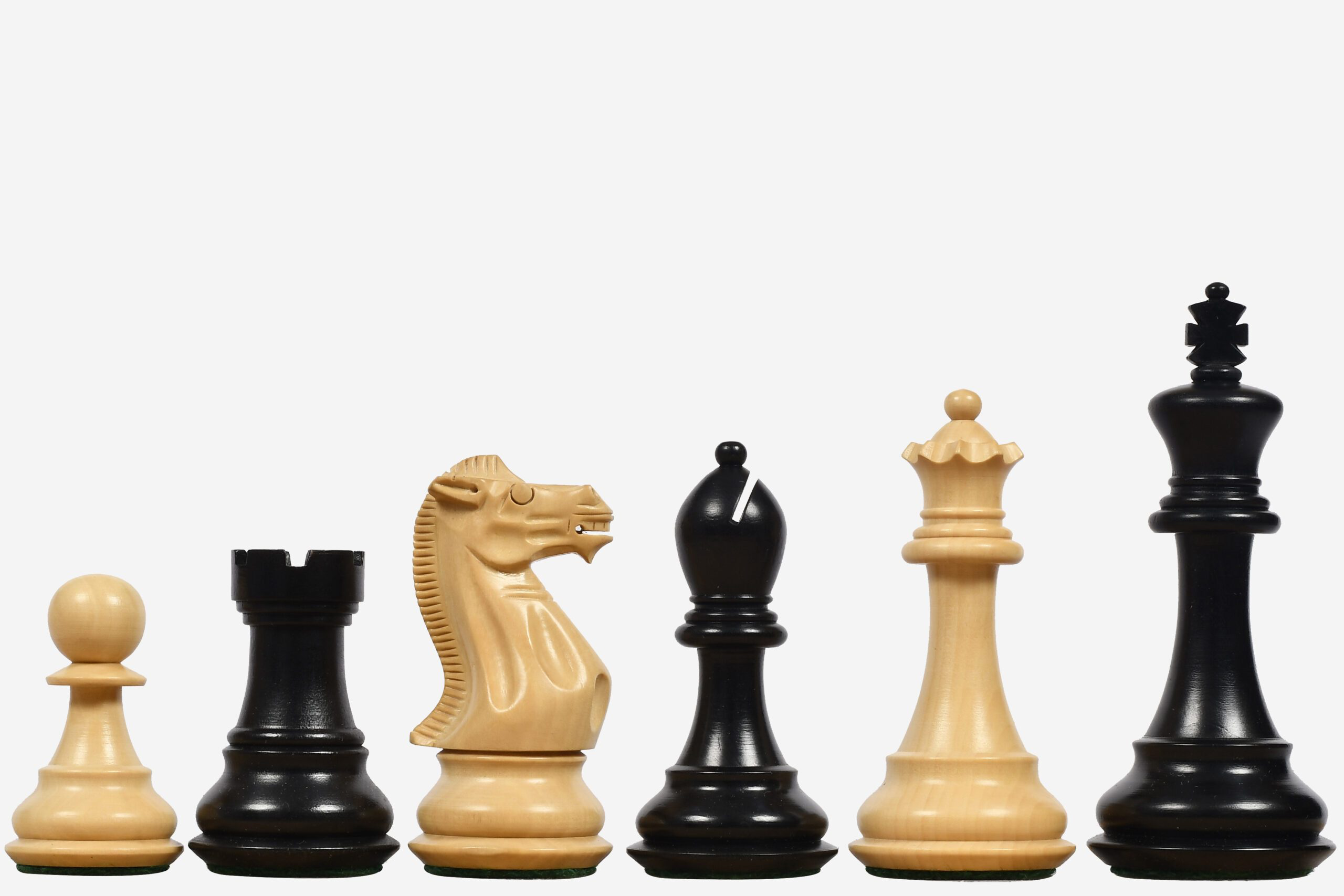
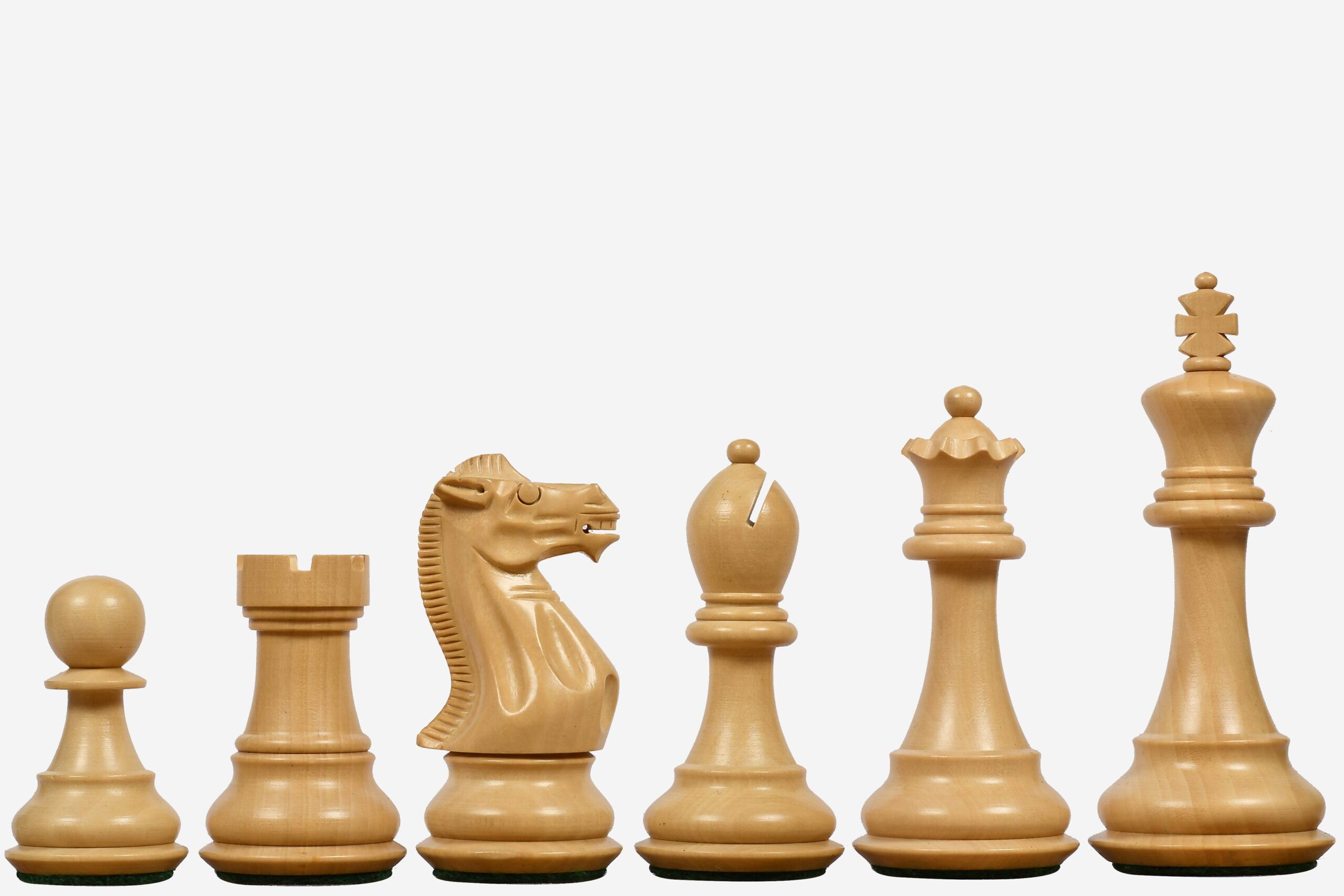
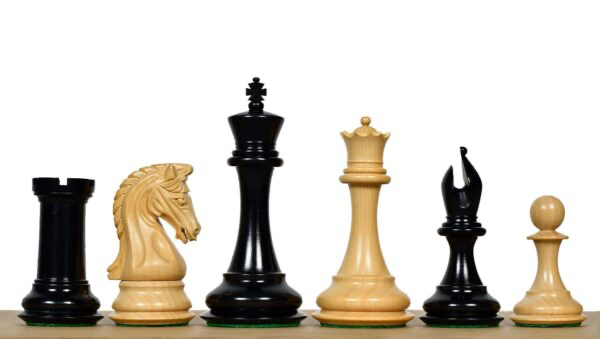
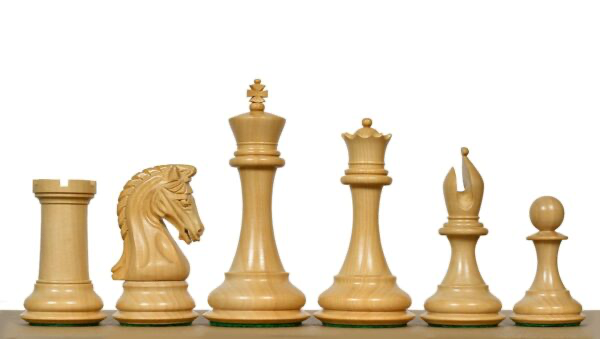
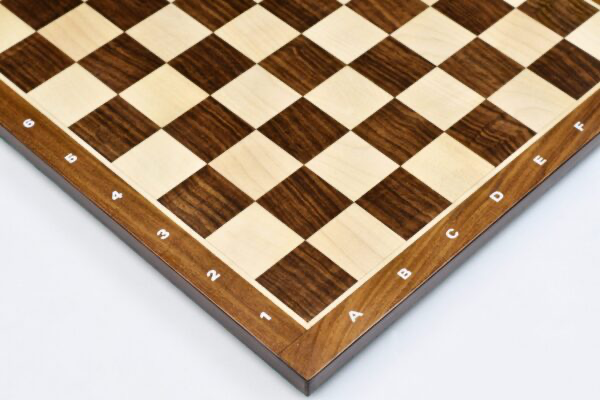
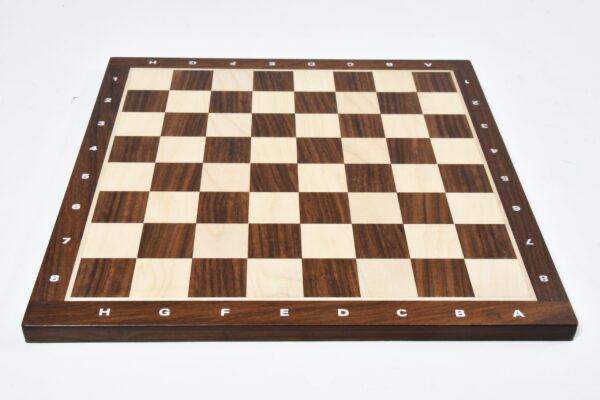
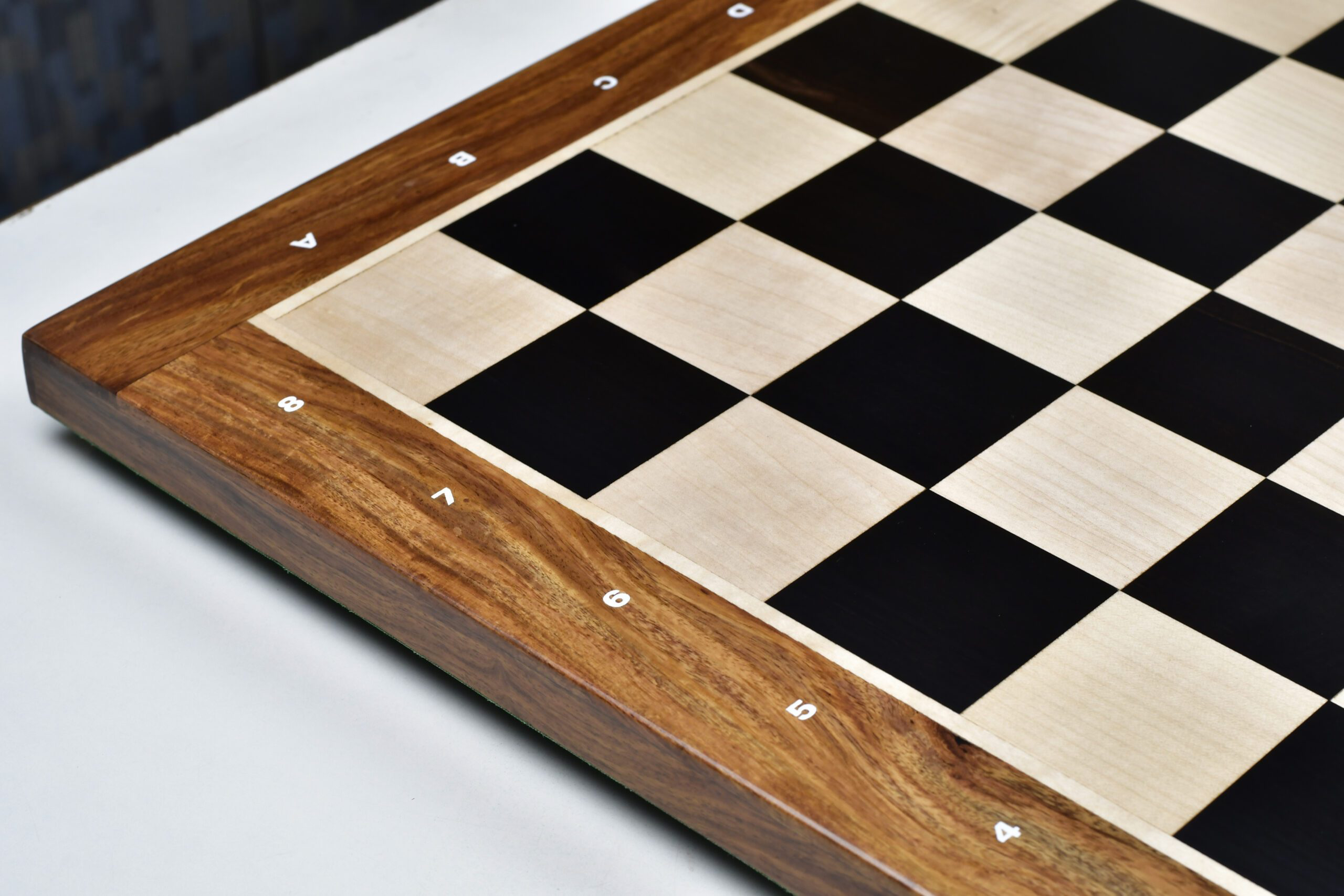
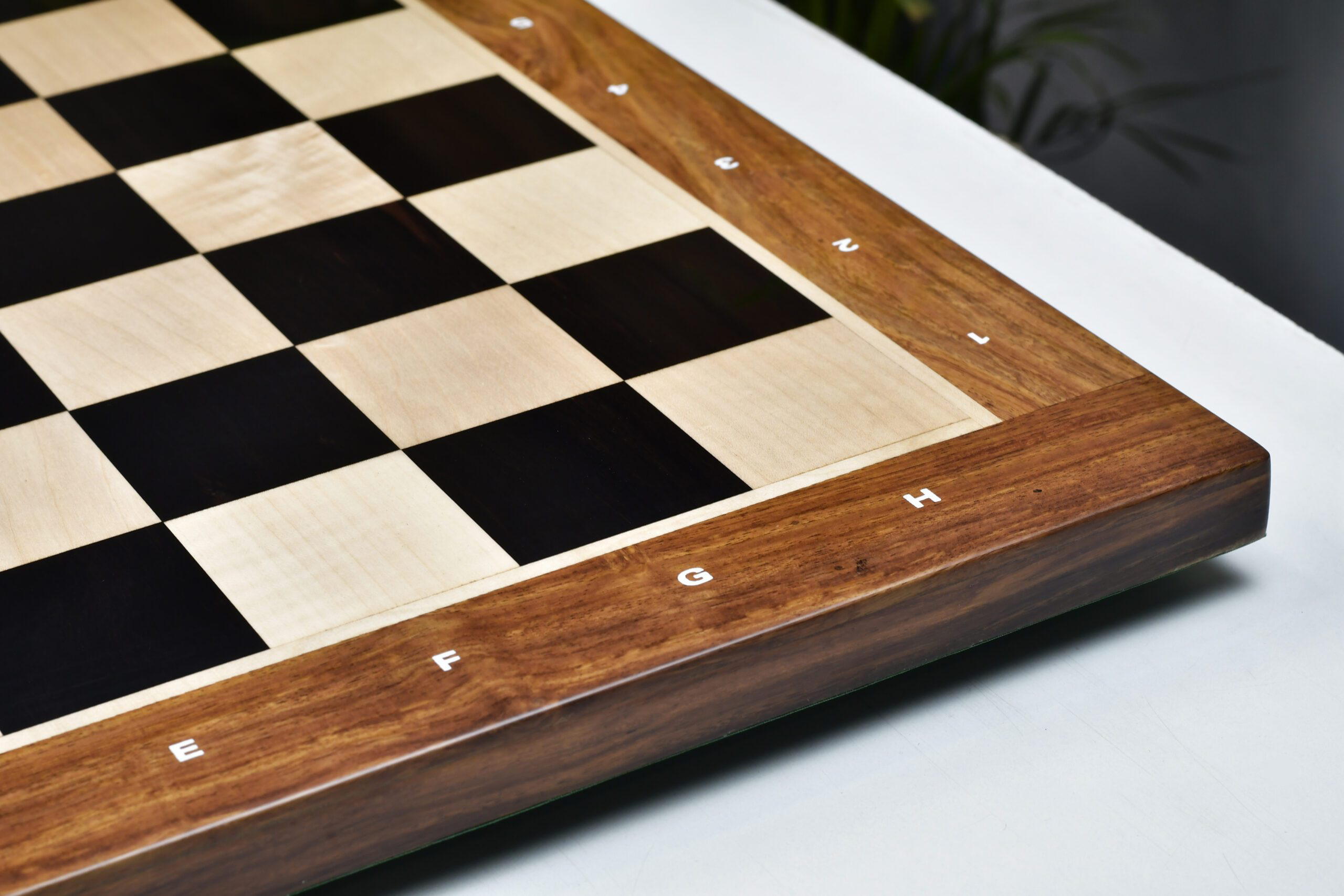


Leave a comment
All comments are moderated before being published.
This site is protected by hCaptcha and the hCaptcha Privacy Policy and Terms of Service apply.